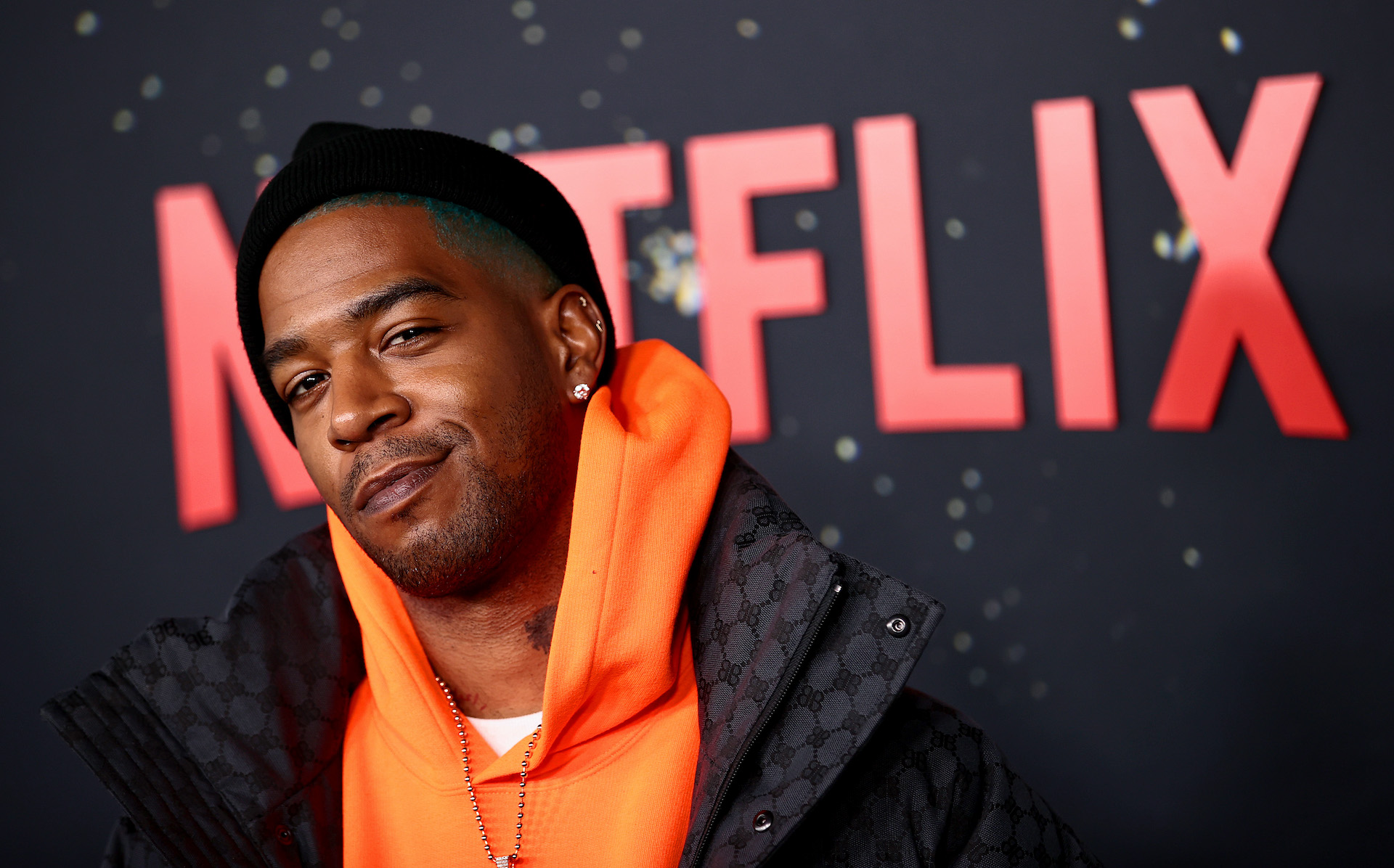
Kid Cudi to Direct and Star in Netflix’s ‘Teddy’ Co-Produced by Jay-Z


The musical abilities of The Roots are a core component of The Tonight Show and that was on display yesterday, when the show tasked Black Thought (aka Tariq Trotter) to come up with some new rap verses for non-rap songs. Trotter understood the assignment, as the kids say, and came through with some clever lines.
The “Rap Remix” segment started with a gaffe, as Trotter rapped about St. Patrick’s Day, the upcoming holiday most commonly associated with Ireland, over bagpipes, the instrument most commonly associated with Scotland. While uilleann pipes (listen to an example of them being played here) are a type of bagpipe associated with traditional Irish music, the ones heard on Fallon did not sound to be of that variety. Furthermore, the song being played was “Scotland The Brave.”
From there, Trotter rapped over the ’60s Batman theme song before wrapping up the segment with a take on beloved Frozen cut “Do You Want To Build A Snowman?.” The song was remixed into a more hip-hop-appropriate instrumental and Trotter really closed out the verse strong, concluding, “Up in a cyclone, we’ll build him together / Spring is upon us, I’m sweating, so / if he melts, just say, ‘Oh well’ / ’cause look: You gotta let it go.”
Watch the “Rap Remix” segment above.
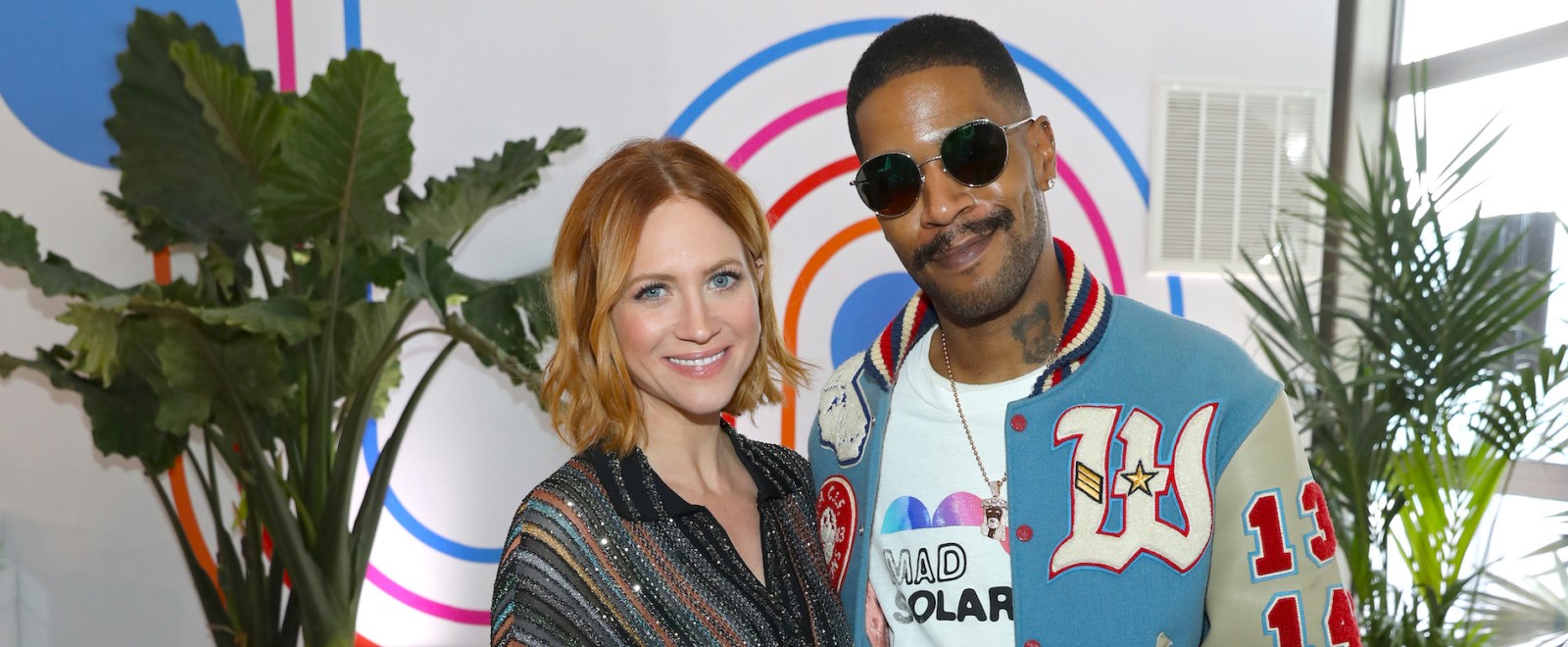
Kic Cudi (aka Scott Mescudi) is best known for his music, but he’s quite the accomplished actor as well; In recent years, he’s appeared in shows and movies like Don’t Look Up, We Are Who We Are, and Westworld. Now, he’s continuing to flesh out his IMDb page: We already knew Cudi is acting in the erotic slasher film X alongside Brittany Snow, but now Snow has recruited him to appear in September 17th, her directorial debut.
Snow told Variety, “I can’t really speak to it too much, except that Scott’s doing a part in the movie, so that’s cool.”
Cudi noted, “I couldn’t believe that she wanted me in it. She had told me about the movie while we were on set [for X], but she never asked me to be in it. I was like, ‘Maybe she’s waiting to see how [X] turns out.’ It’s gonna be awesome. Really great script.”
Snow also said, “I was watching Ti [West, director of X] a lot during filming of this, and I think that something that I learned from him that I’ll take with me is the specificity of knowing the through line of what you want, and being really strong and clear in your convictions of it. I like to play around on set, but it lends itself really nicely when you know that your director has a complete handle on exactly what they want. I hope I can live up to what everyone else has been doing.”
As for September 17th, Variety describes it, “September 17th follows a woman, named Riley, who struggles with food and body image issues and has recently been discharged from rehab. She soon meets Ethan and must navigate the line between unconditional love and a new addiction.”
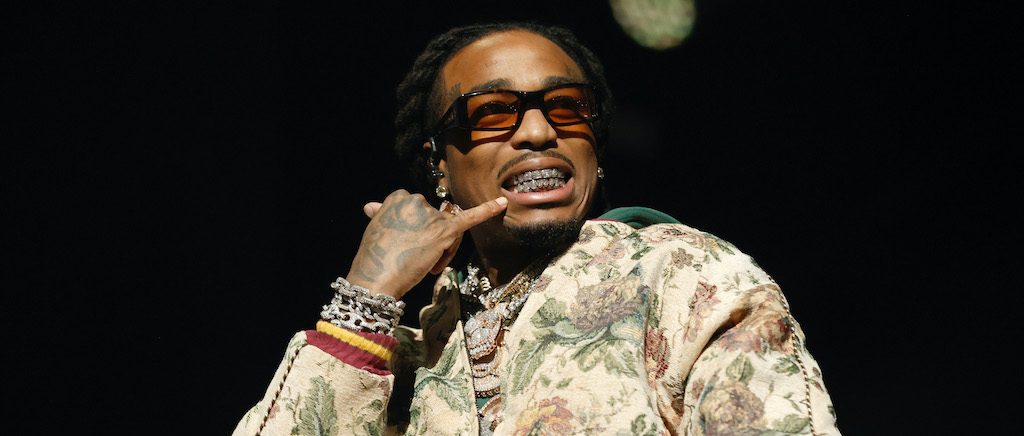
Quavo’s basketball skills are undeniable and he’s certainly one of the better ballers when compared to the musicians around him. During last year’s, NBA All-Star Weekend, Quavo absolutely showed out during a pickup game with Jack Harlow against 2 Chainz and Lil Baby. More recently, Quavo became a playable character on NBA2K22, which was certainly a cool moment despite him not being happy with his player rating. Now, Quavo wants to show his basketball skills on the big screen and he’s hoping to do so through an upcoming film with Jack Harlow.
During a recent run-in with TMZ, Quavo made it clear that he wants a role in the upcoming White Men Can’t Jump reboot, which Jack Harlow is set to star in. While Harlow is set to play the role of Billy Hoyle (originally played by Woody Harrelson), Quavo wants a shot at playing Sidney Deane who was originally played by none other than Wesley Snipes. “I think they need to call me, so me and Jack Harlow can do it,” Quavo said. “I need to play Wesley Snipes’ role.”
Quavo also took a moment to show support for Harlow’s upcoming role by calling him “amazing,” and saying that “he can do everything.”
You can hear Quavo’s comments about the White Men Can’t Jump reboot via TMZ here.
Jack Harlow is a Warner Music artist. Uproxx is an independent subsidiary of Warner Music Group.
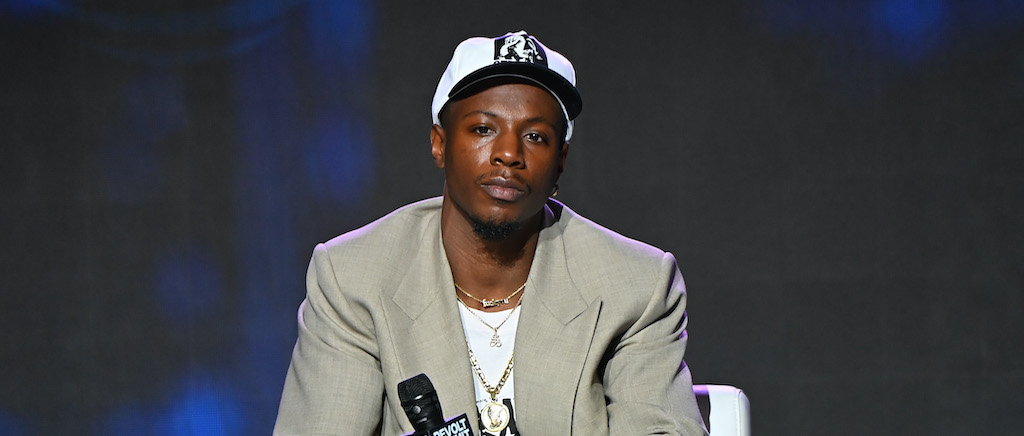
In addition to being a rap star with beloved mixtapes like 1999 and party-starting singles such as “The Revenge” to his name, Joey Badass has been building out his acting resume, adding roles in Hulu’s Wu-Tang: An American Saga and Grown-ish to his ever-expanding list of accomplishments. However, he recently missed out on a highly coveted role in the Jay-Z-produced, Jeymes Samuel-directed Western, The Harder They Fall, as he revealed in a new interview with Ebro Darden for Apple Music. Originally, the role of cocky quickdraw gunslinger Jim Beckwourth, played in the film by RJ Cyler, was meant for Joey.
After meeting Samuel at the Roc Nation Brunch in 2020, Joey says Samuel first pitched him the role of Beckwourth. “He said he was working on this crazy film, which was The Harder They Fall,” Joey recalled. “He had this role for me. Like, you see dude with the pistols and sh*t? That’s supposed to be me. Shout to my man RJ [Cyler] though, who actually got the role. The young dude with the two pistols and everything. Jeymes wanted me to play that role.”
Unfortunately, it turned out Joey’s success in securing new acting roles actually prevented him from accepting this one. “[Samuel] called me a few months later, it was like March,” he continued. “He was like, ‘Yo, I need you to come to Arizona,’ I think that’s where they were shooting it, or New Mexico, something like that, so I could do this role. I had just accepted the role on Power for Unique, so now it was like a conflict. We were still trying to make it work, but unfortunately, it didn’t work.”
Eventually, though, Samuel helped Joey land the role in the Oscar-winning short film Two Distant Strangers, so things weren’t all that bad. You can check out the video of the full interview below.
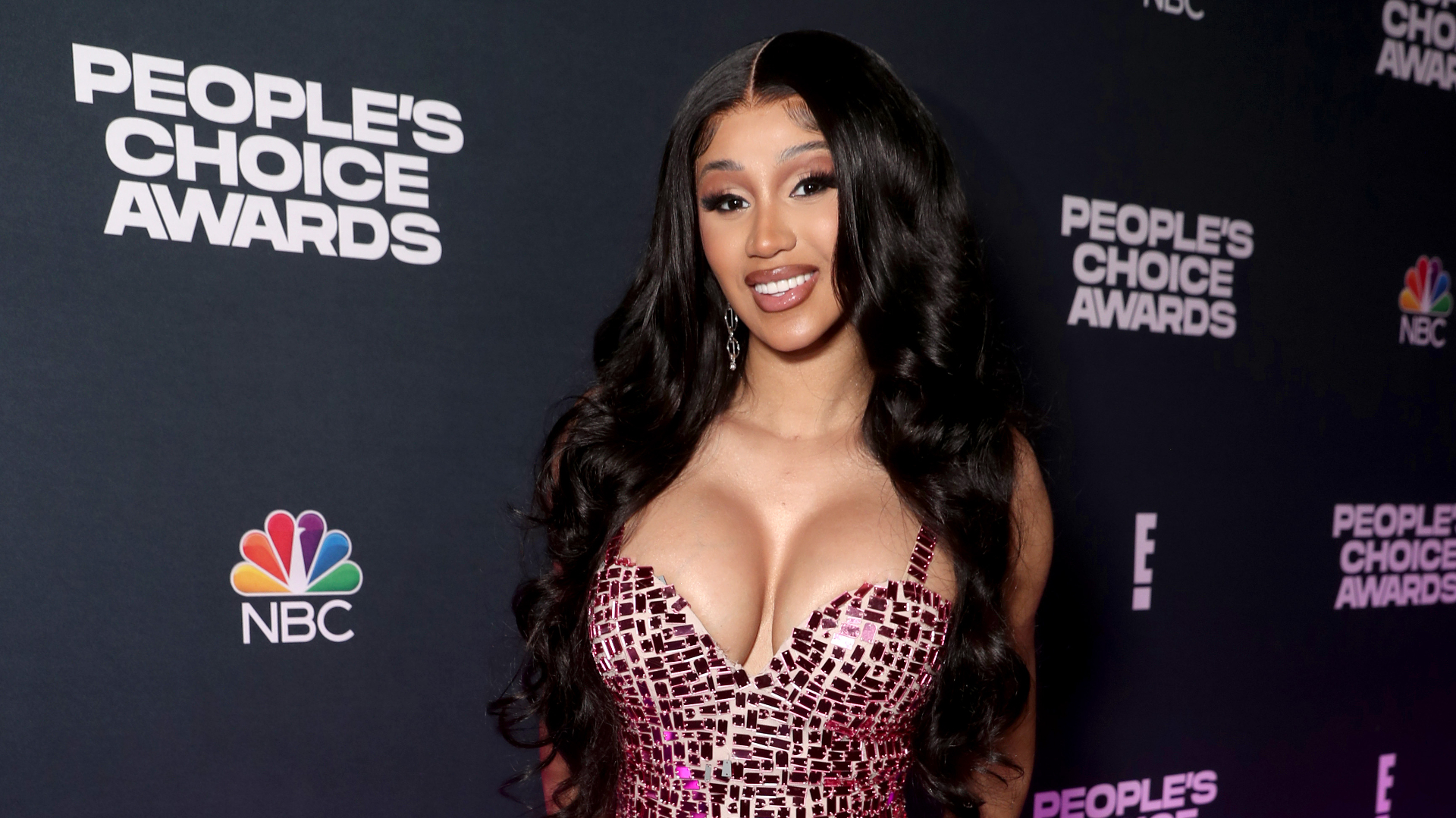
While preparing to make Game of Thrones, a project he never expected to get off the ground, D.B. Weiss wrote a script called Metal Lords that hit the backburner as Thrones became a mammoth juggernaut for HBO. However, once the dragon series concluded its eight season run, Weiss quickly returned to his film about a high school metal band and retooled the script that hadn’t been touched since 2006.
Along the way, he became friends with Rage Against the Machine guitarist Tom Morello. Morello came aboard the Netflix film as an executive producer, but the musician quickly took on the role of a hard rocking advisor as he pushed the actors to fully embrace the metal genre.
“It doesn’t matter the accuracy of your cymbal hits. You just have to go fucking berserk the entire time,” Morello told Billboard. “That’s metal! Don’t worry about the rest. Kick my ass with your facial expressions, which should be, at a minimum, Neanderthal-like and at a maximum, like you’re just in some sort of roiling pain and never stop doing that.”
Here’s the official synopsis for Metal Lords:
Two kids want to start a heavy metal band in a high school where exactly two kids care about heavy metal. Hunter (Adrian Greensmith) is a diehard metal fan —is there any other kind?— who knows his history and can shred. His dream in life is to win at the upcoming Battle of the Bands. He enlists his best friend Kevin (Jaeden Martell) to man the drums. But with schoolmates more interested in Bieber than Black Sabbath, finding a bassist is a struggle.
Metal Lords starts shredding April 8 on Netflix.
(Via Billboard)
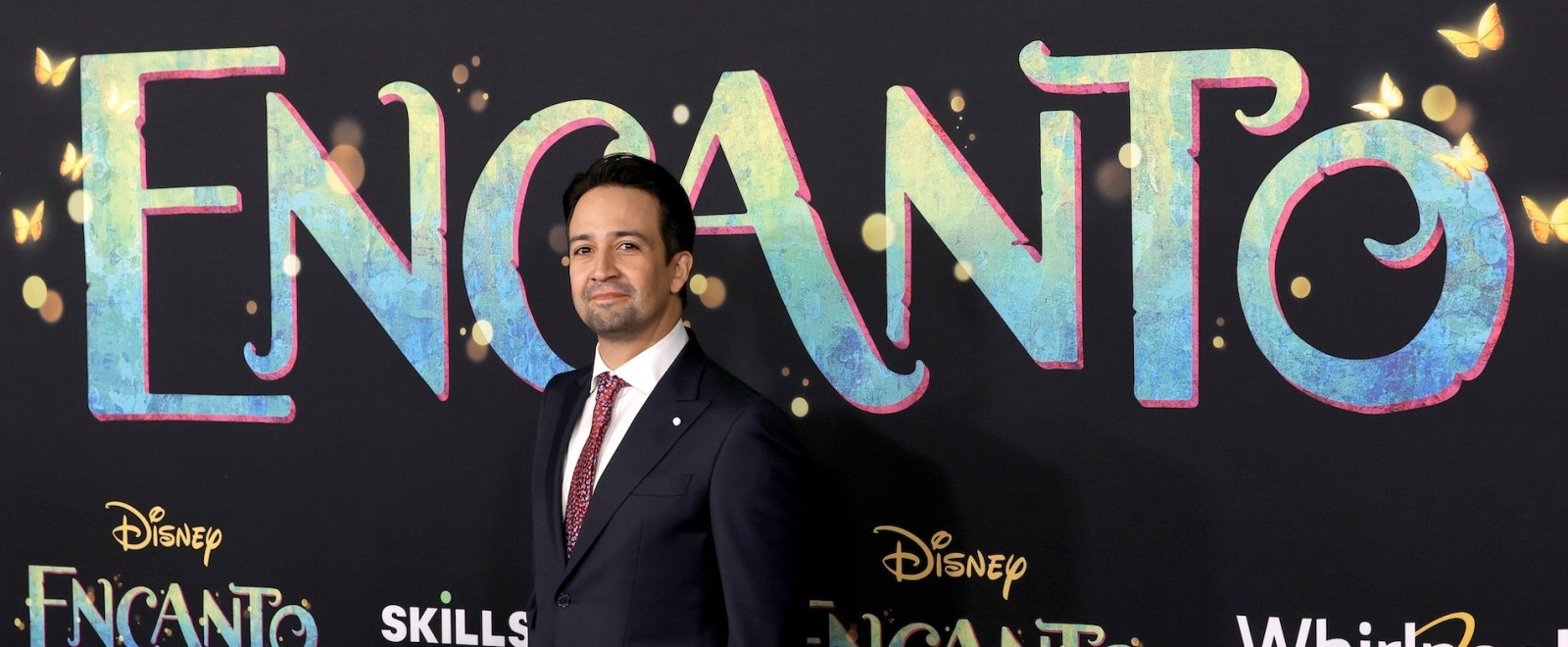
So far, Encanto smash hit “We Don’t Talk About Bruno” has spent five weeks in the No. 1 spot on the Billboard Hot 100 chart. Its streak actually came to an end this week, though, as Glass Animals’ “Heat Waves” is now on top of the chart. Now, in a new Los Angeles Times interview, Lin-Manuel Miranda (who penned all the Encanto songs) spoke about the movie and its music, revealing that “Bruno” would not have been his pick to become a big success.
Miranda explained:
“In my wildest dreams of what might happen, I would have swapped ‘Colombia, Mi Encanto’ — the top and bottom of that chart! ‘Colombia, Mi Encanto’ [which spent one week at No. 100 before leaving the chart] is such a party tune: ‘This could maybe have a little life beyond the movie.’ And the fact that the ensemble song that is incredibly plot-heavy and almost requires having seen the film to fully understand is the one at the top of the charts is one of the most delightful and hilarious surprises … of my life [laughs]! The one that requires no context just made it and the one that requires all the context is the banger.”
He went on to note of “Bruno,” “I think the variety of it is a part of it; the fact that everyone can have a favorite part — it’s gonna be a karaoke jam forever because everyone can grab the mic at one moment or another. My son came home from school the other day and said, ‘Dad, we were singing it on the bus and everyone took different parts.’ I went, ‘Oh my God, did you sing along?’ He goes, ‘I was one of several Camilos’ [laughs].”
Check out the full interview here.
Alongside hosting her own long-running talk show, perhaps the defining job of Ellen DeGeneres’ career is voicing Dory in the Finding Nemo movies. On today’s Ellen episode, Machine Gun Kelly was a guest and he brought those two DeGeneres worlds together by remixing one of DeGeneres’ most iconic Finding Nemo moments.
To wrap up the “Burning Questions” segment, the final prompt was “Do your best Finding Dory impression.” That was a set-up for something MGK had planned, which started with him pulling out a piece of music production hardware. He started by showing DeGeneres an audio sample he pre-loaded onto the machine, a clip of her Dory character making “whale noises.” From there, he reversed the sound and used it as the foundation for an instrumental beat, which left DeGeneres impressed.
Elsewhere during the segment, DeGeneres asked what boyband Kelly would want to perform at his wedding. He responded, “Which boyband am I going to know the most songs of? For sure, NSYNC. Which band do I surprisingly know all these facts about? BTS. […] I remember one time, I met them at the Billboard awards. They were, like, stoked to meet me. I think I have a better chance of getting BTS to come.”
Check out the segment above. Kelly also talked about his and Travis Barker’s tattoos, so check that out below.
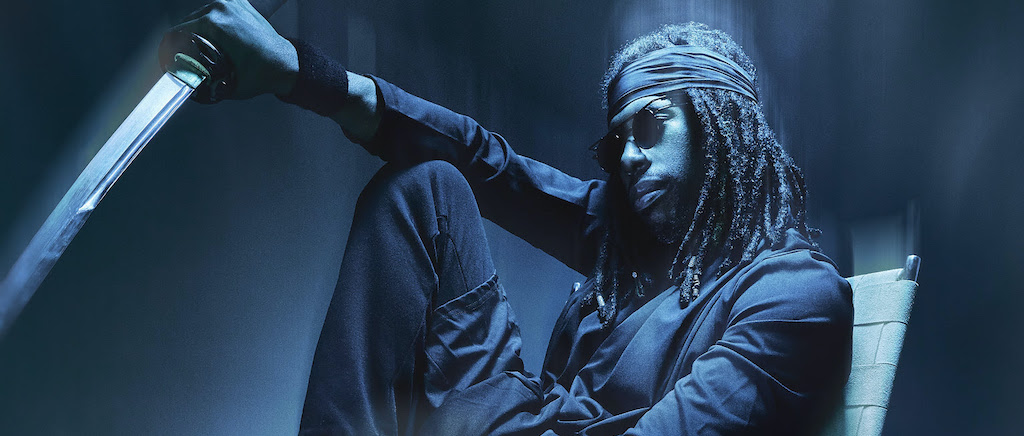
One of the most innovative producers in hip-hop, Grammy Award winner Flying Lotus (née Steven Ellison), is actually a graduate of the Los Angeles Film School too. He made his film debut with the grotesque 2017 horror comedy, Kuso, which he directed and co-wrote the screenplay for (along with Zack Fox and David Firth.) He then really hit his stride with Netflix’s anime series, Yasuke, about a real Black samurai from feudal Japan. He co-wrote the screenplay along with LeSean Thomas of The Boondocks and it starred Lakeith Stanfield as the voice of the titular role.
Yasuke was awesome, and showed that Ellison definitely has the chops to make creative film and visual entertainment (he also scored the music for the show, natch.) Now, he has signed a multi-picture deal via his Brainfeeder Films, with French company Logical Pictures and XYZ Films, to direct and produce a slew of upcoming films. The projects are said to be focused on horror, thriller, and sci-fi realms, and the first flick, Ash, has already been announced with production happening this year. “I’ve a strong desire to innovate in the sci-fi space and I really want to show the world something they’ve never seen before,” Ellison said in a previous statement about Ash.
Logical Pictures Group President Frédéric Fiore added that: “FlyLo is a highly talented and respected musician with such a unique creative universe,” and expressed his enthusiasm for the deal. The statement pretty much sums up who Steven Ellison is as an artist and we’ll look forward to the continued blossoming of his audiovisual universe.